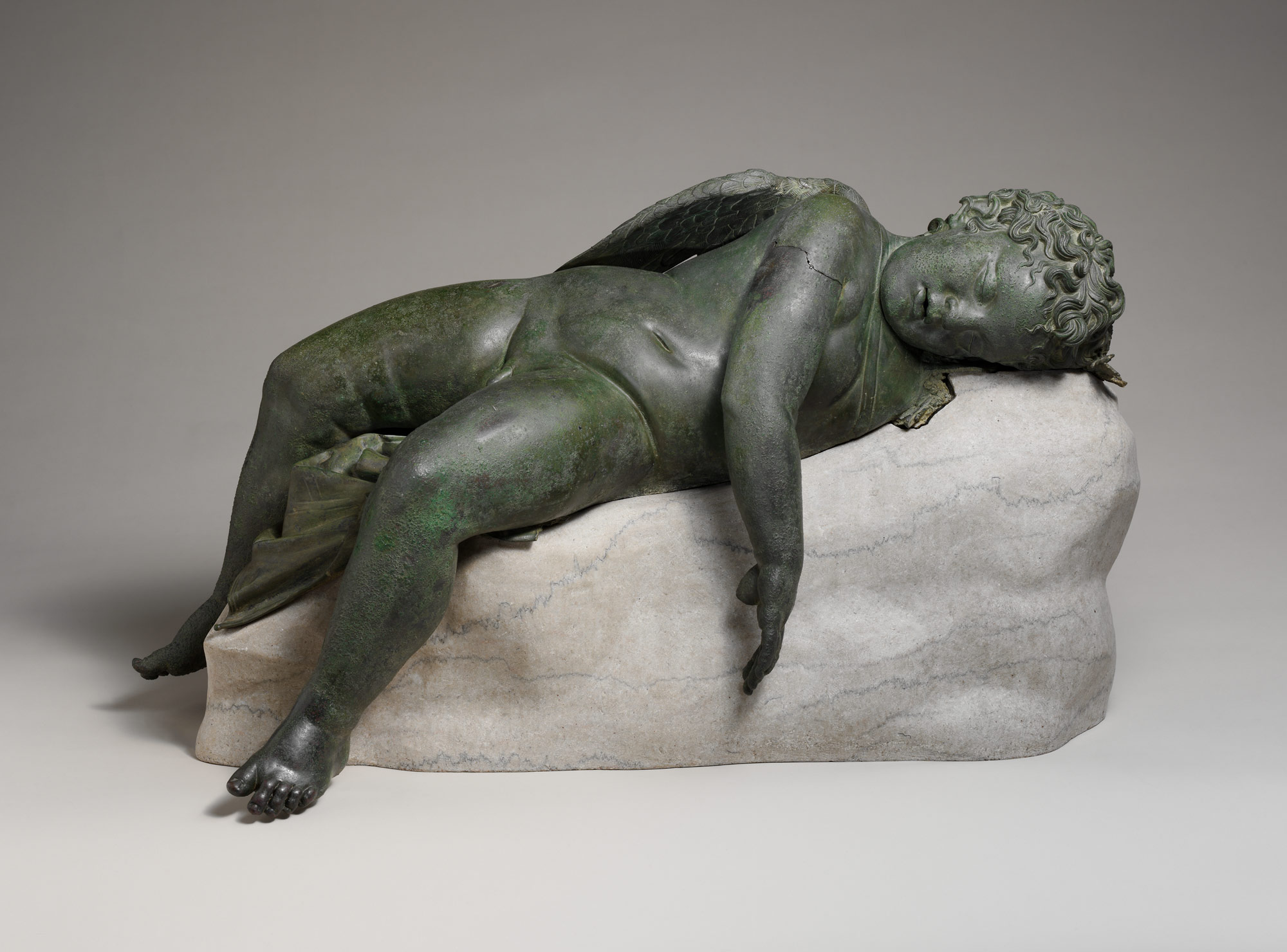One of the many different types of sculptures we read about and talked about in class were bronze sculptures. There were many bronze sculptures that were made in Ancient Greece. Some of these sculptures remain, however many of them were melted down for their value, so all that we have are Roman marble copies. Bronze was used instead of copper as it was still 90% copper but it had a much lower melting point due to the 10% tin. The first type of ancient bronze sculptures were called sphyrelaton, which means "hammer driven" literally. For this type, different pieces of the sculpture were made separately through hammering sheets of metal. These different parts were then attached by rivets. Around 400 B.C. however a technique called lost-wax casting became popular. There were three different types of lost-wax casting. Solid lost-wax casting was the simplest and first method used. This method involved creating a solid wax caste of the sculpture, coating it in clay, then hardening the clay. After the clay was hardened, they would remove the wax and pour in the copper. Once the sculpture cools, the clay breaks and reveals the cooper.

an example of solid lost-wax casting bronze sculpture
This is one of the few surviving bronze sculptures that used the solid lost-wax casting style. This solid wax-casting style was used during a brief period between sphyrelaton and later methods, so very few examples remain. This sculpture is of Eros, the greek god of sexual attraction sleeping on a rock.



No comments:
Post a Comment